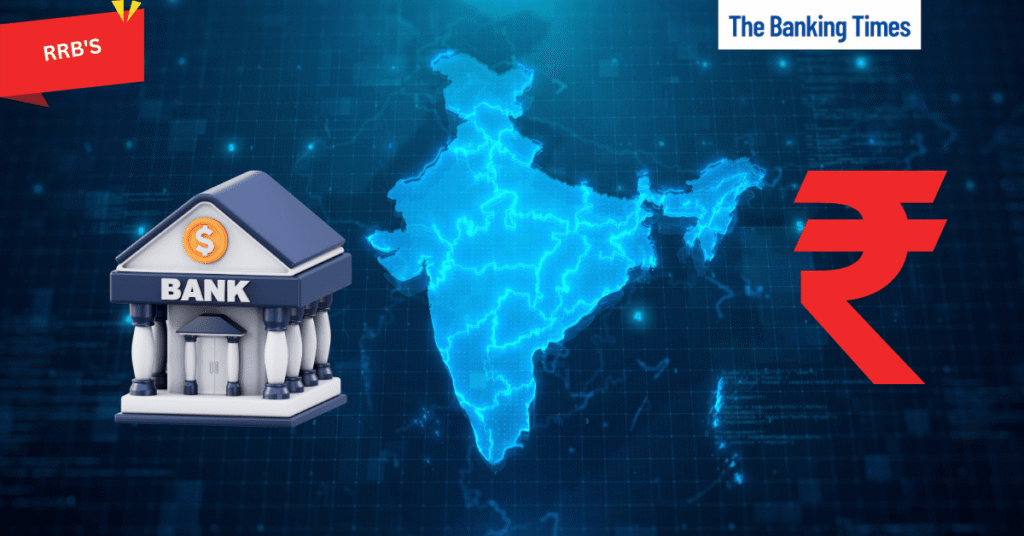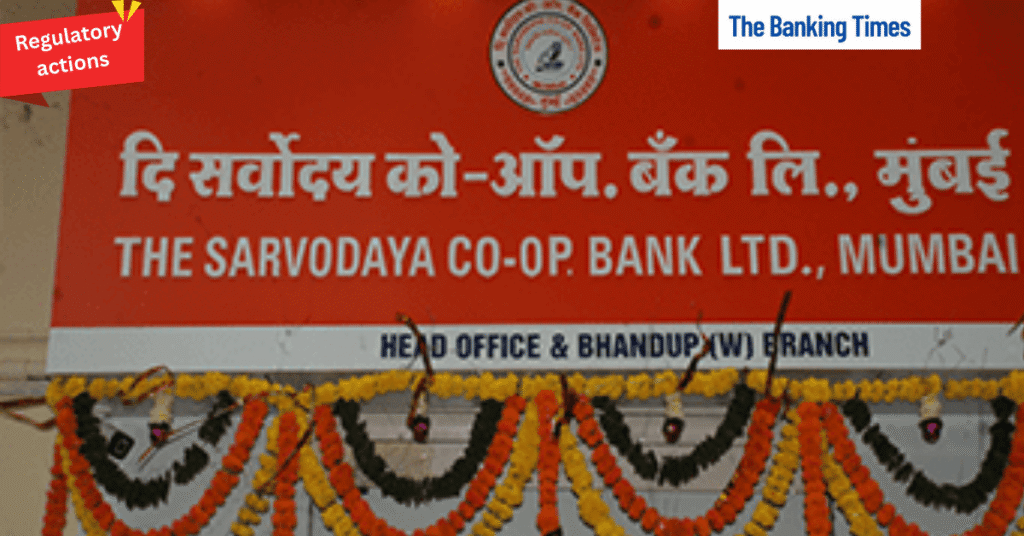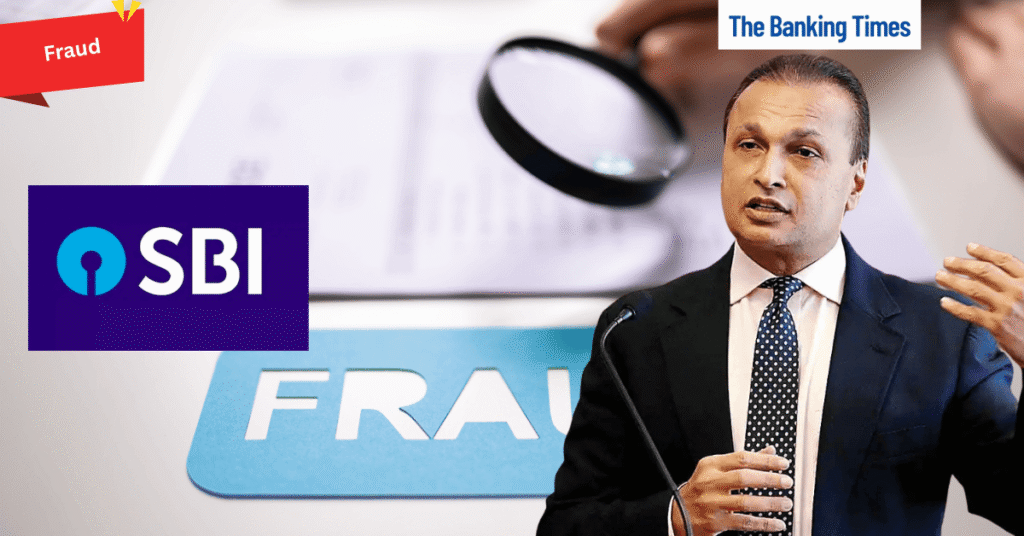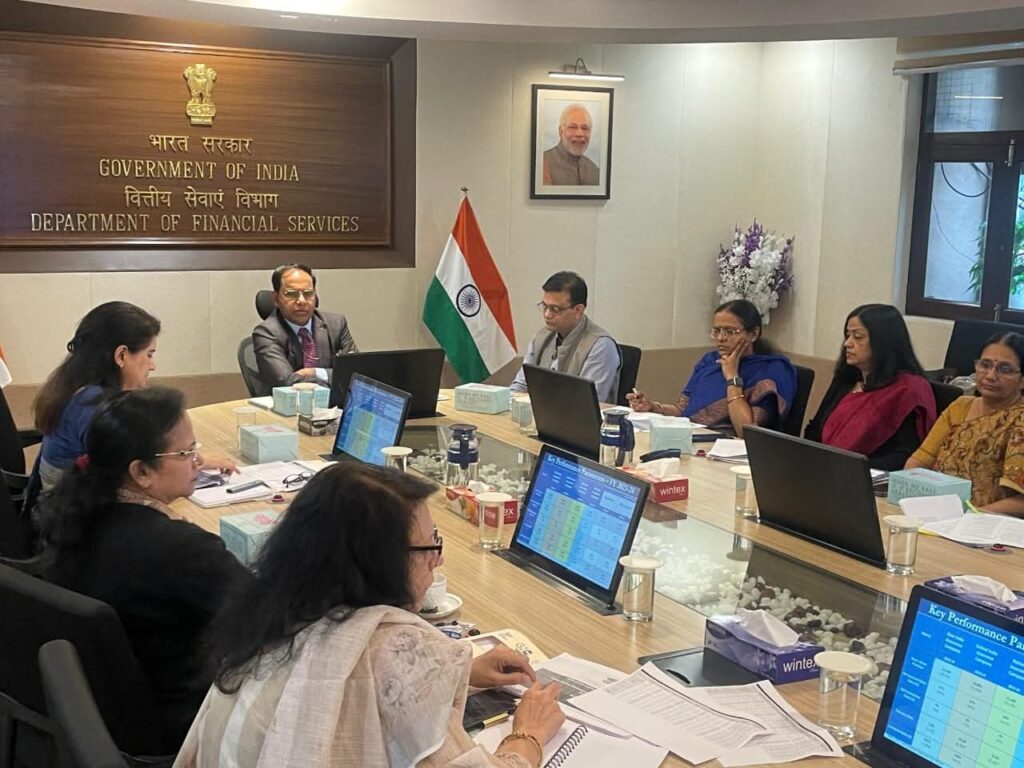The Indian home loan sector has witnessed a notable shift in recent years, with Public Sector Banks (PSBs) reclaiming their leadership position in both loan originations and portfolio growth. Backed by competitive pricing, improved asset quality, and widespread outreach, PSBs have emerged as the preferred choice for home loan borrowers in FY25.
📊 Market Share Surge Led by PSBs
Public Sector Banks have significantly increased their market share in home loan originations:
Share in origination value rose from 36.5% in FY24 to 42.9% in FY25
Origination volume share climbed from 37.2% to 39.2%
This trend indicates a strong borrower preference towards PSBs, especially in the wake of rising property prices and a demand for affordable yet large-ticket home loans.
Meanwhile, private banks witnessed a decline in both value (from 36.9% to 29.8%) and volume (from 24.7% to 22.1%), suggesting a shift in competitive positioning.
📈 Higher-Ticket Loans on the Rise
One of the most prominent shifts in FY25 is the growing appetite for high-value home loans. Loans above ₹75 lakh now contribute to 35% of total origination value, up from 31.3% in FY24. PSBs have captured a large share of this rising segment, often supported by lower interest rates and strong penetration in both metro and Tier 2–3 cities.
Mid-ticket loans in the ₹5L–₹35L range continue to form the bulk of origination volume but are gradually losing share in value terms. On the other hand, smaller ticket loans (below ₹5L) have seen a drop in volume from 17.9% to 15.8%, highlighting the shift in borrower aspirations and affordability.
📉 Origination Volume Declines, But Value Grows
While the number of home loans originated declined by 5.4% in FY25 (from 36.6 lakh to 34.7 lakh accounts), the overall origination value grew by 2.7%, touching ₹1.07 lakh crore. This indicates a move toward larger loans per borrower, aligning with rising real estate prices and evolving consumer behavior.
This pattern reflects a maturing market, where consumers prefer to consolidate and borrow higher amounts rather than opt for multiple low-value loans.
✅ Improved Asset Quality Across PSBs
Public Sector Banks reported an improvement in early-stage delinquency metrics:
PAR 31–90 days delinquency reduced from 3.14% in March 2024 to 2.93% in March 2025
PAR 91–180 days improved marginally as well
This indicates better underwriting practices, stricter borrower evaluation, and more efficient recovery strategies across PSBs. Asset quality remains one of the strongest pillars supporting the growth story in public sector housing finance.
📌 Strategic Takeaways for the Banking Sector
The home loan market is evolving quickly, and the performance of PSBs provides key insights for the broader lending ecosystem:
Public sector banks continue to gain borrower trust, especially in the high-ticket segment.
Government subsidy schemes, improved digital processing, and competitive interest rates have boosted their appeal.
Asset quality improvement is enabling PSBs to grow portfolios confidently, without compromising on risk standards.
Private sector banks and HFCs may need to recalibrate their strategies to counter the PSB surge.
Conclusion: Public Sector Banks Lead the Next Phase of Housing Finance
The FY25 data reflects a clear resurgence of Public Sector Banks in India’s home loan market. With the right mix of affordability, reach, and risk management, PSBs are now positioned not just as stable institutions, but as growth leaders in one of the country’s most critical lending segments.
As the market continues to shift toward larger loans and better credit profiles, PSBs are expected to maintain — and possibly expand — their dominance in the coming years.
Source: crif highmark credit report













